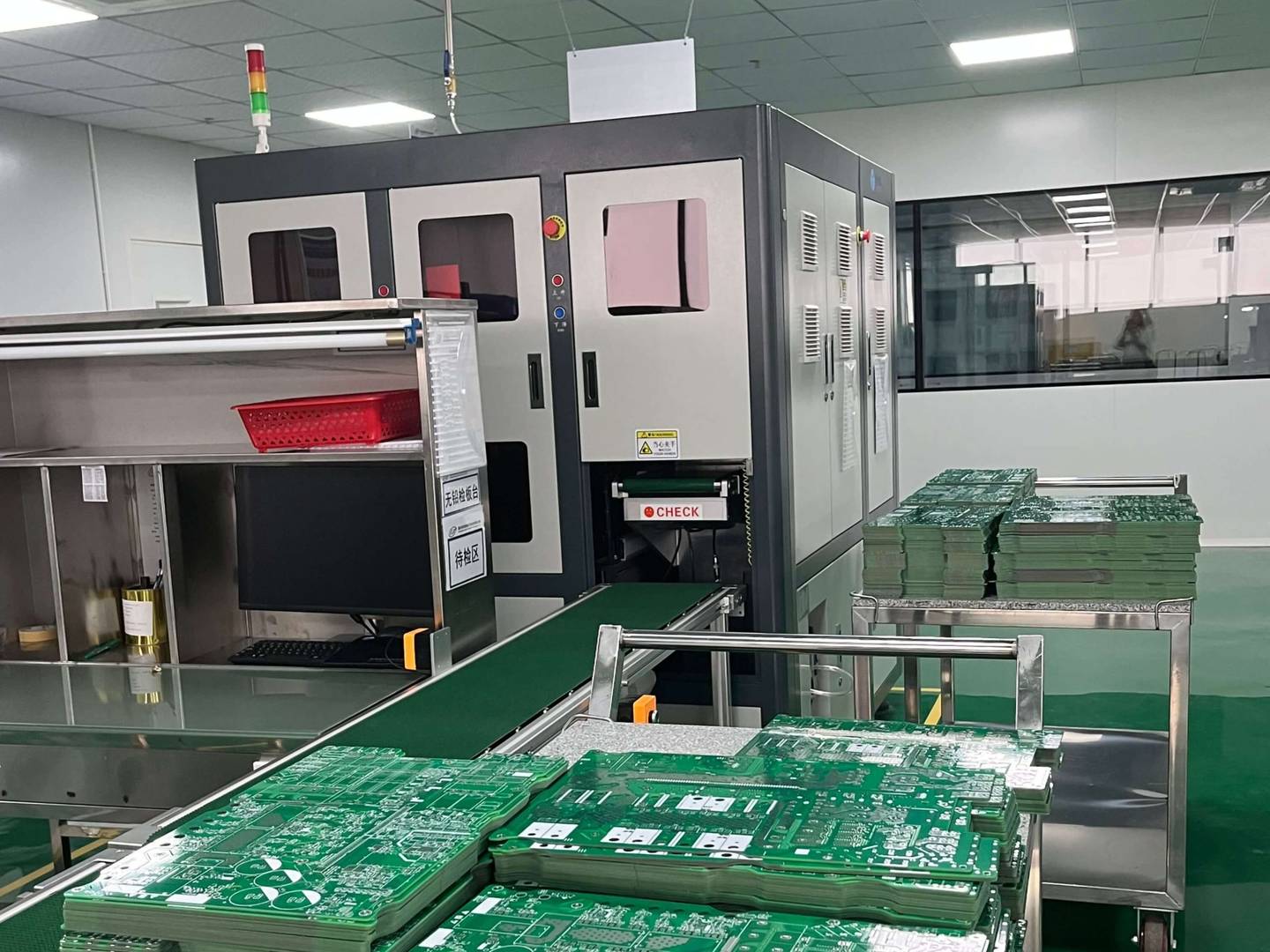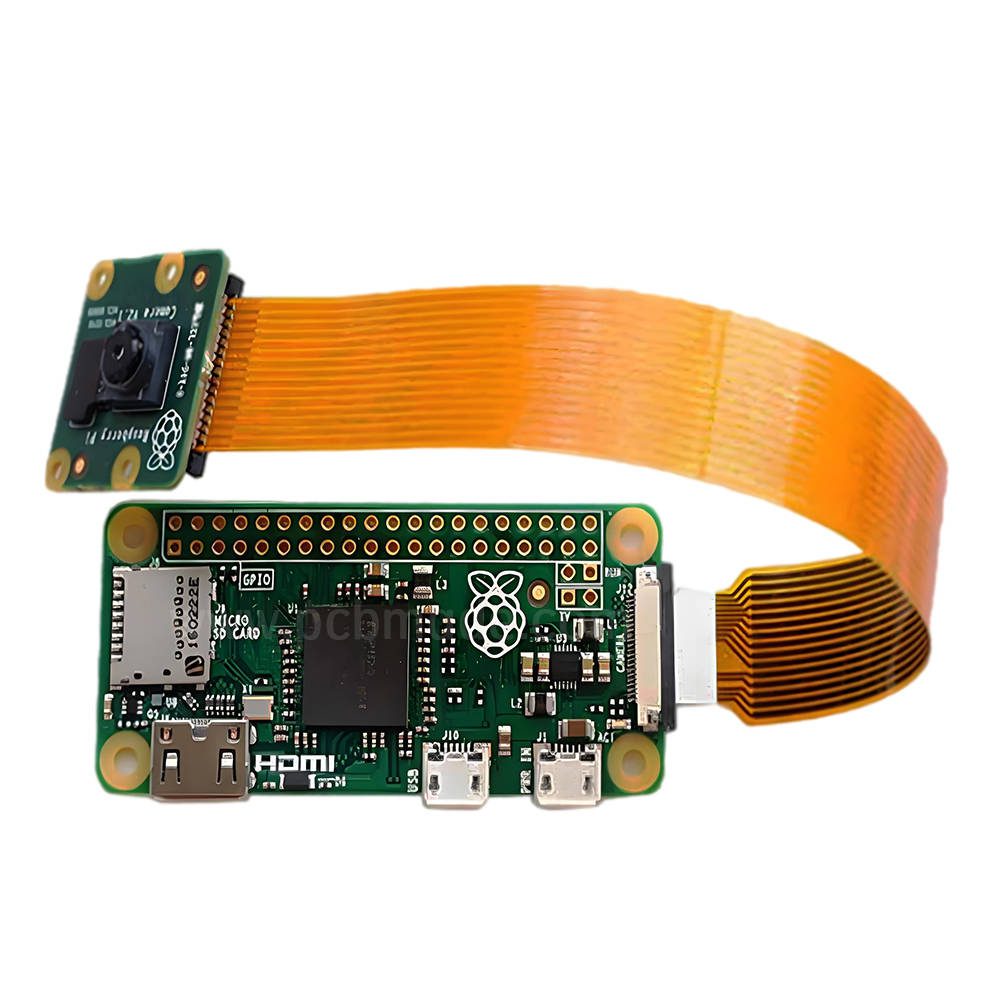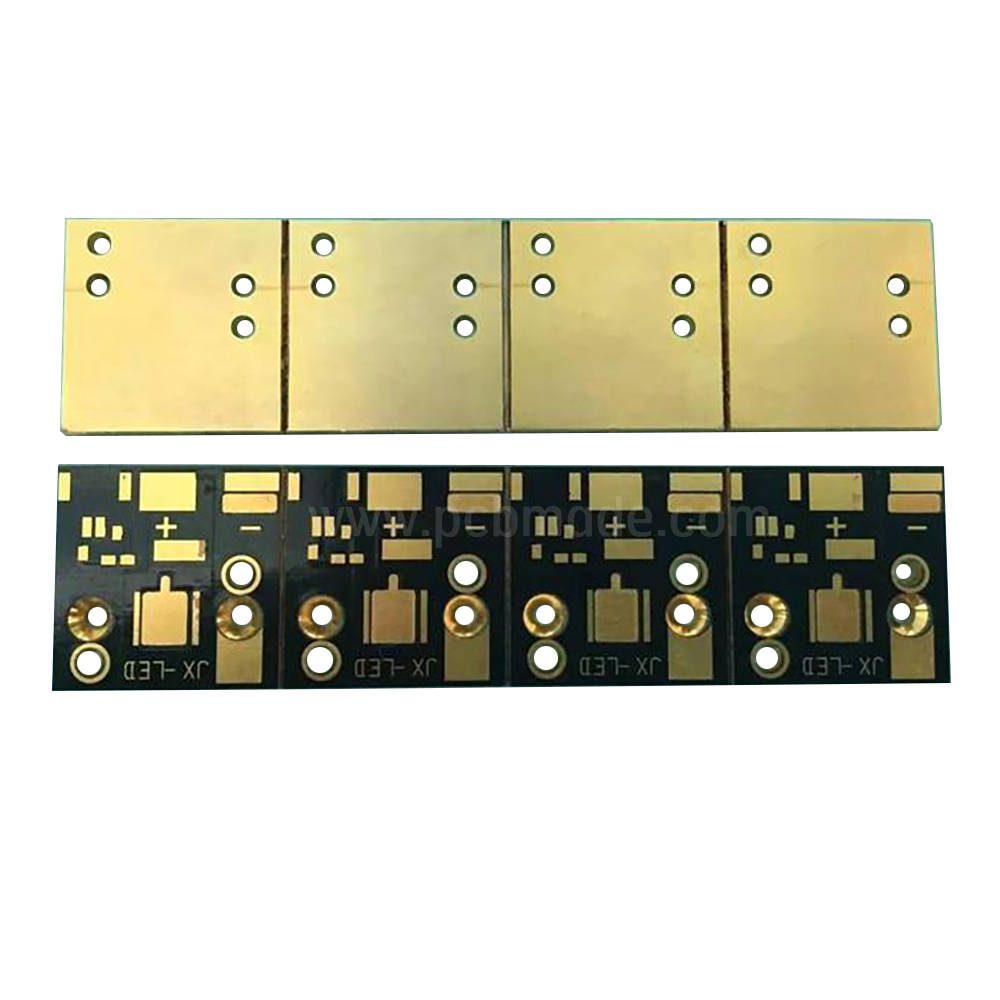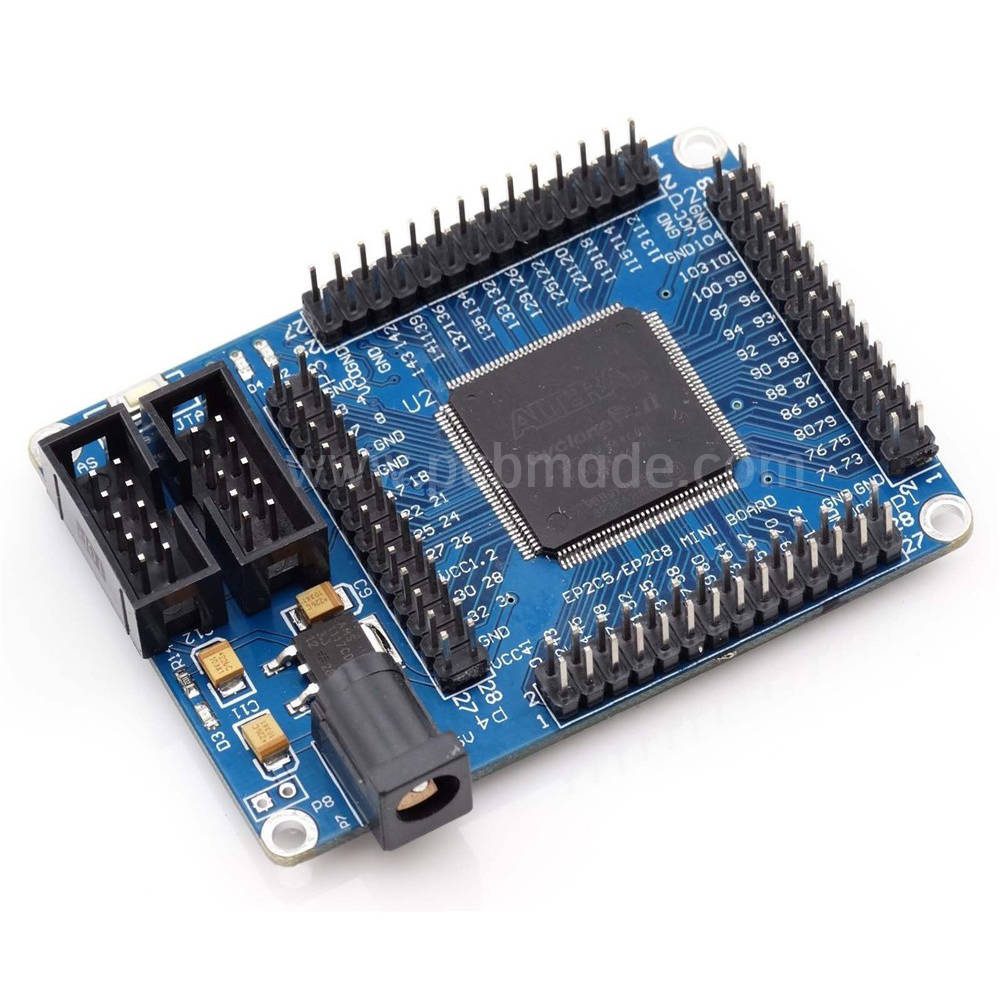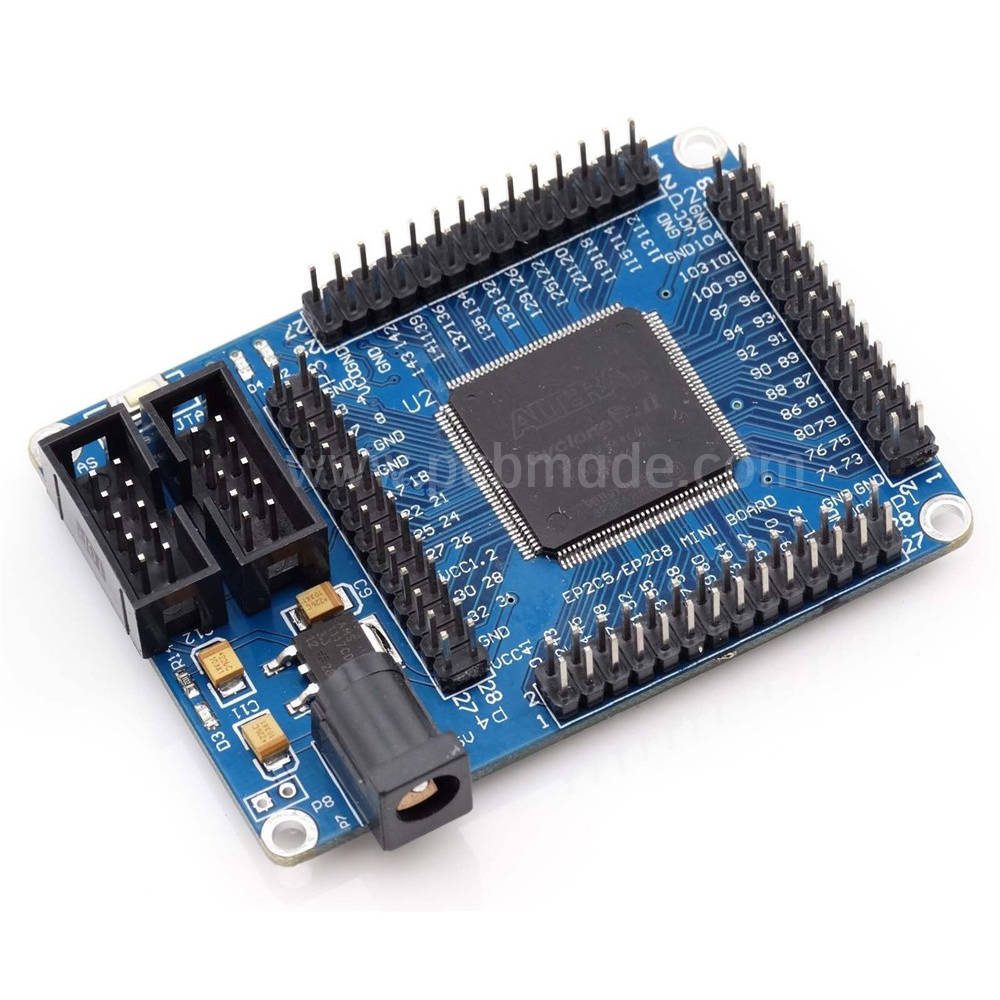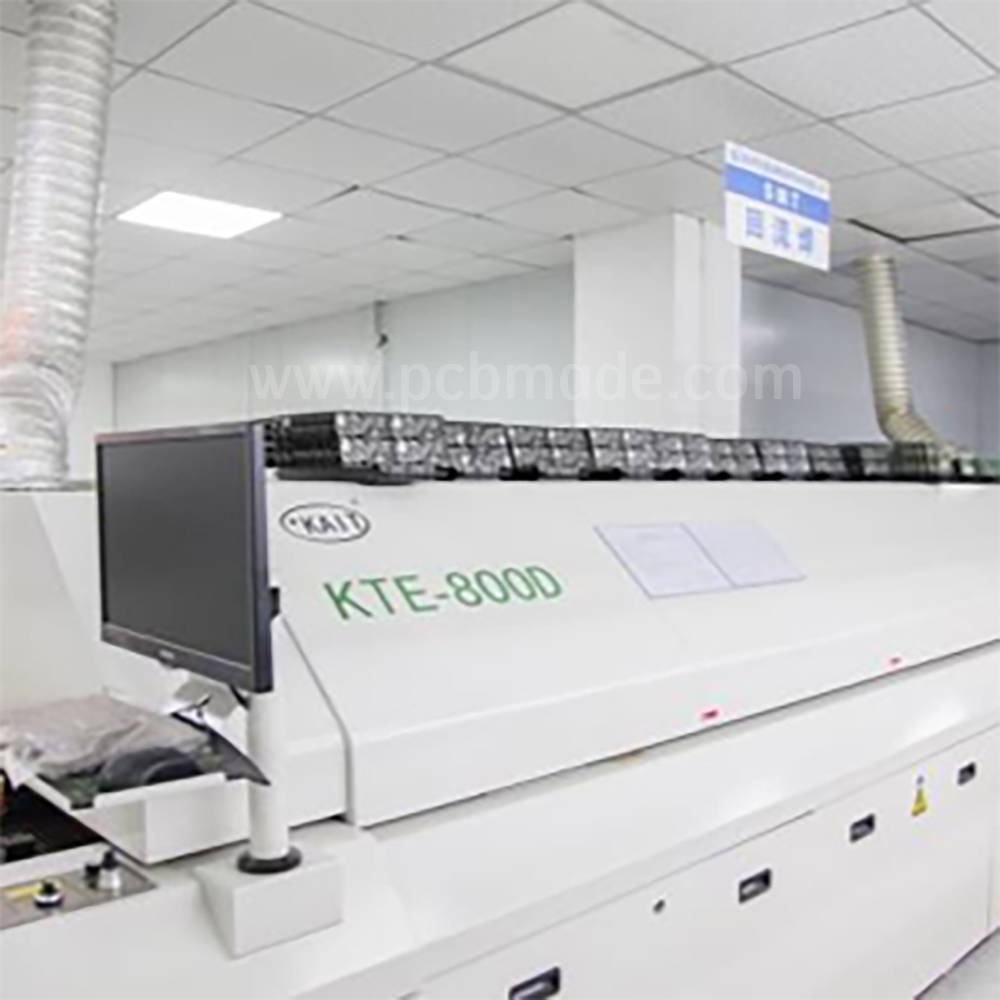一、 Characteristics of flexible circuit boards
1. Short: Short assembly time
All lines have been configured, eliminating the need for extra wiring connections;
2. Small: smaller in size than PCB (hard board)
It can effectively reduce the size of the product and increase the convenience of carrying it;
3. Lightweight: lighter in weight than PCB (hard board)
Can reduce the weight of the final product;
4. Thin: thinner than PCB (hard board)
It can improve flexibility and strengthen the assembly of three-dimensional space within a limited space.

二、 Advantages of flexible circuit boards
Flexible printed circuit board is a printed circuit made of flexible insulating substrate, which has many advantages that hard printed circuit boards do not have:
1. It can be freely bent, wound, and folded, arranged according to spatial layout requirements, and can move and expand freely in three-dimensional space, thus achieving the integration of component assembly and wire connection;
2. The use of FPC can greatly reduce the volume and weight of electronic products, meeting the needs of electronic product development towards high density, miniaturization, and high reliability. Therefore, FPC is used in aerospace, military, mobile communications, laptops, computer peripherals PDA、 Digital cameras and other fields or products have been widely used;
3. FPC also has good heat dissipation and solderability, as well as advantages such as easy installation and low overall cost. The soft hard combination design also partially compensates for the slight deficiency of flexible substrates in component load-bearing capacity.
3、 Disadvantages of flexible circuit boards
1. High one-time initial cost: Due to the fact that flexible PCBs are designed and manufactured for special applications, the initial cost of circuit design, wiring, and photographic substrates is relatively high. Unless there is a special need to use flexible PCBs, it is usually best not to use them in small quantities;
2. It is difficult to modify and repair flexible PCBs: Once a flexible PCB is made, changes must start from the base map or the developed light drawing program, so it is not easy to make changes. It is covered with a protective film on its surface, which needs to be removed before repair and restored after repair, which is a relatively difficult task;
3. Size limitations: Soft PCBs are usually manufactured using intermittent processes when they are not yet widely available, so they cannot be made very long or wide due to the size limitations of production equipment;
4. Improper operation can easily cause damage: Improper operation by installation personnel can lead to damage to flexible circuits, and soldering and rework require trained personnel to operate.



